Don't buy new tyres without understanding this critical code
If you're in the market for new tyres anytime over the next 12 to 18 months, here's something you need to know - but probably haven't considered - before paying for the most fundamental safety aspect on your car…
I was recently checking out the 15 tyres that I have to maintain at the correct pressure: five on the trailer, five on the Triton and five on the Santa Fe and it struck me that there might be a bit of a problem with tyres over the next 12 to 18 months.
Even if suddenly normal supply chain and the wider economic programming is resumed, and we go back to life the way it always was, the original tyre aging problem stems from their birth. So how do you know how old a tyre is?
There’s a code, but it’s not where you might expect.
Just a quick recap: tyres are not the sort of thing that ordinary people think about in their lives. They look the same as they always have, they remain black and round for their entire lives, and sometimes the get flat and a mechanic changes the tyre. This is how most people interact with tyres at their most frequent.
What is the correct tyre specification for my SUV? >>
But tyres don't remain the same in terms of their chemical composition and physical properties. As soon as they come out of the mould in the factory, they start aging and the rubber gets progressively harder and harder and harder, year after year. Now, that's okay, more or less, for the first six years.
However, in that range of six to ten years, the tyres really do go off, and after that they need to be binned and certainly at 10 years of age, tyres are need to go in the rubbish.
Pro Tips for Tyres:
Regardless of how much tread is left on them, at 10 years old, tyres are so hard, they’re properly dangerous. If you have to stop in an emergency, or swerve suddenly, old tyres are not going to perform very well.
Watch the full report above to find out why, and decipher exactly how old your tyres are.
My AutoExpert AFFORDABLE ROADSIDE ASSISTANCE PACKAGE
If you’re sick of paying through the neck for roadside assistance I’ve teamed up with 24/7 to offer AutoExpert readers nationwide roadside assistance from just $69 annually, plus there’s NO JOINING FEE
Full details here >>
AutoExpert DISCOUNT OLIGHT TORCHES
These flashlights are awesome. I carry the Olight Warrior Mini 2 every day - it’s tiny, robust, and super useful in the field or in the workshop. Olight is a terrific supporter of AutoExpert.
Use the code AEJC to get a 12% discount >>
Generators suck! Go off-grid with AutoExpert BLUETTI PORTABLE POWER STATIONS
Need mobile, reliable power? If you’re camping, boating, caravanning or building a dirty big shed in the back paddock, and you need to run a refrigerator, lights, air conditioner, cooking, and/or a bunch of tools - Bluetti has a clean, tidy, robust solution…
Get your AutoExpert free shipping discount here: https://bit.ly/3n62heK
Equip yourself
Tyre gauge
A quality tyre gauge is essential - keep it in the glovebox, and you’ll maximise the consistency of your pressure measurements, plus you can always check the pressures before you drive off and the tyres warm up (the recommended way to do this). The gauge pictured also features a probe that digitally measures your tread depth.
12-volt compressor
It’s powered by your car’s 12-volt battery and allows you not only to maintain the pressures in your driveway or garage, but it also means you can do basic roadside tyre repairs, pump up a slow leak while on a long trip, and inflate the spare if you get a flat … and find out that the spare tyre is flat, too. (You can also potentially rescue someone else.) Team it up with a plug kit (below) and you’re halfway sorted for more remote travel.
Plug repair kit
This kit allows you to repair simple punctures at the roadside - such as when a nail or screw punctures the tread face. Often, repairs are possible without even jacking up and removing the wheel. Essentially, you remove the offending object, insert the self-adhesive plug using the tools provided, and pump back up. Obviously, you’ll need a compressor like the one above, to re-inflate. Plug kits get you mobile in minutes, in many situations where there might otherwise be an extended wait for roadside assistance - especially if this is your second puncture in the one trip. (Speaking of roadside assistance, I also offer an affordable nationwide roadside assistance package with no joining fee.)





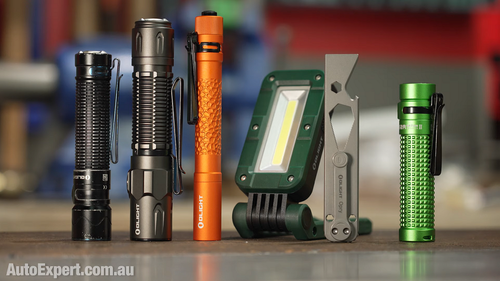

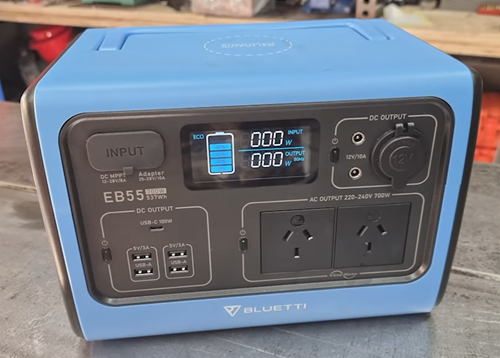
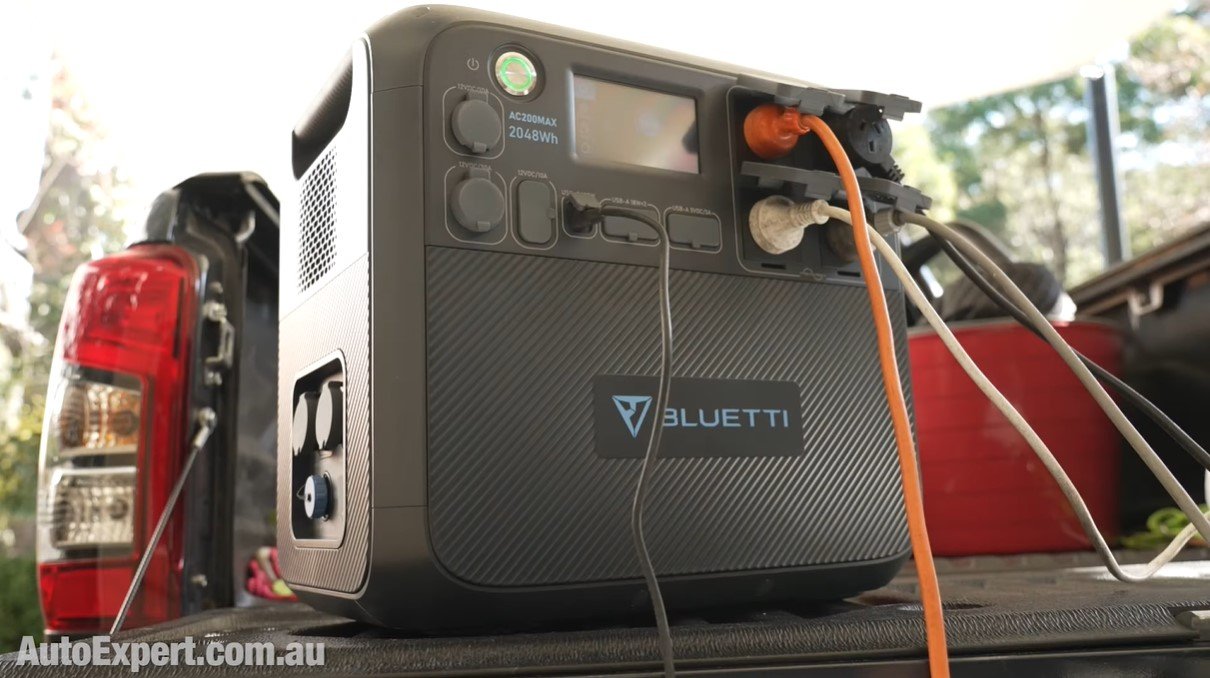
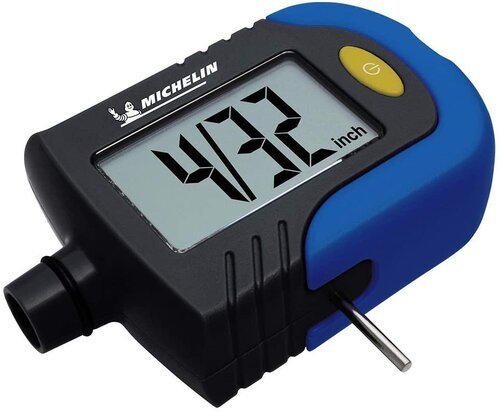
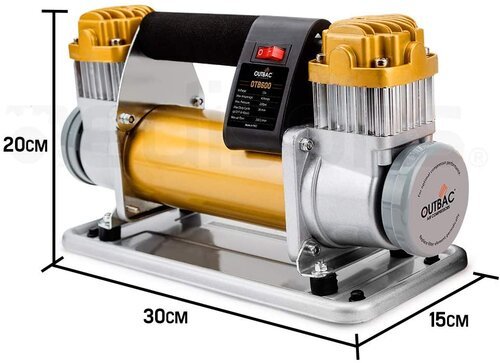
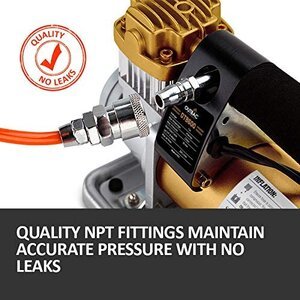



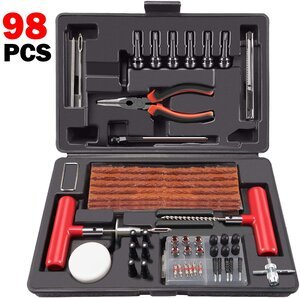











Toyota RAV4 is the best-selling medium SUV in Australia, offering good resale value and envious fuel economy. If you need an enormous boot and a simple, functional family vehicle, RAV4 is hard to beat.